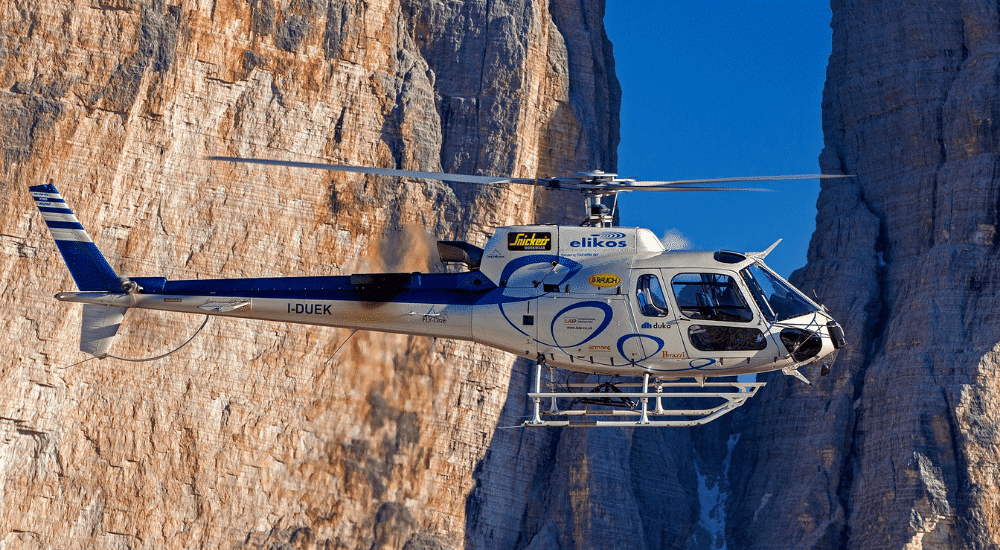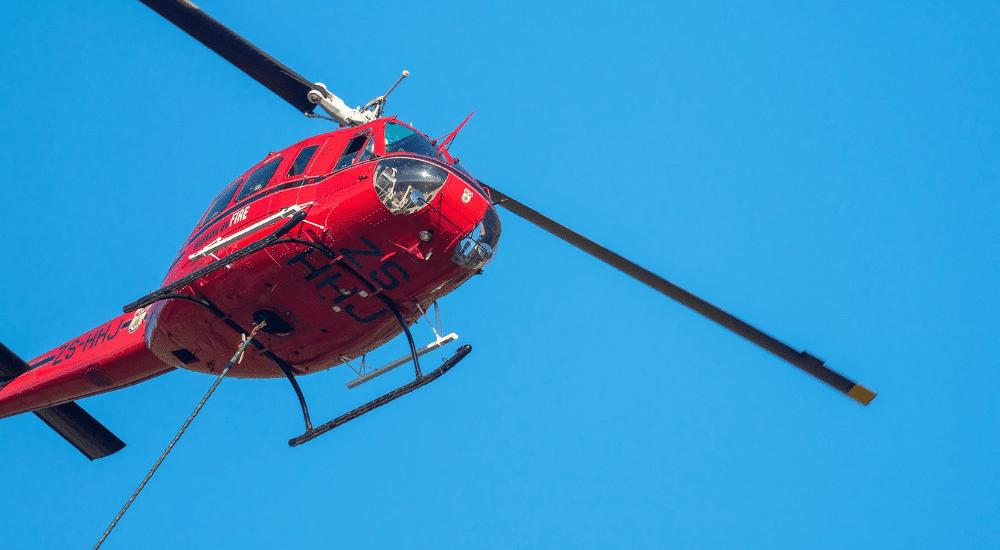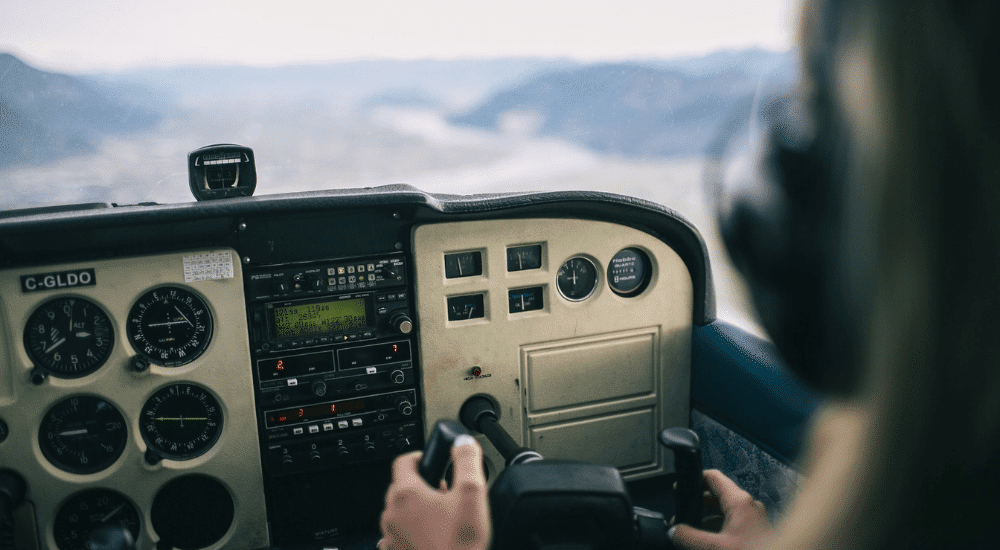Causes of Helicopter Crashes: Who is at Fault?
Adventure seekers and tourists who book helicopter tour rides may not be thinking about the most common causes of helicopter crashes, but they probably should, since helicopters are one of the most dangerous modes of air transportation. Many people think of helicopter rides as pure, exhilarating fun, or even as an essential part of saving lives in emergency situations, such as when they are used to evacuate lost hikers from remote terrain or to life-flight critically ill or injured patients to hospitals where they can be treated. But even though helicopters can be safe and have certainly been instrumental in saving thousands of lives, they are also inherently risky, due to their own unique features, as well as more lax regulations and safety requirements.
The most common causes of helicopter crashes include pilot error or inexperience, along with inclement weather conditions and inhospitable terrain, such as in cases of flying at low altitudes or conducting emergency landings. Negligence on the part of helicopter companies or pilots can also be a factor in crashes, such as when a pilot fails to conduct the proper pre-flight checks, or a company fails to perform adequate maintenance on its helicopter fleet.
Common Helicopter Hazards
Although countless people have enjoyed both private and commercial helicopter rides over the years without incident, there are actually many types of helicopter hazards that make this mode of travel uniquely more dangerous. Quick changes in weather, such as sudden rain or fog, for example, can affect a pilot’s ability to make critical decisions or spot changes in the landscape that would influence safe flying altitude or landing conditions. Helicopters are inherently unstable aircraft, and both passengers and cargo affect a helicopter’s balance, as do changes in wind patterns that can arise unexpectedly. Helicopter tours of popular areas, including the Grand Canyon, are subject to unique dangers like steep, jagged drop-offs that create unexpected gusts of wind.
There are a number of common helicopter hazards that make this mode of transportation statistically more dangerous than flying in airplanes and other general aviation aircraft. These hazards include:
- Sudden weather changes (rain, fog, wind, etc.) influencing stability and visibility, which can result in turbulence-related injuries
- Greatly reduced visibility when flying at night
- Tour helicopters without doors or equipped with difficult-to-release safety harnesses
- Power lines, trees, and other obstacles that make landing difficult
- Rough terrain, such as mountains or canyons
- Unlevel ground or otherwise unprepared landing sites (such as in the event of a forced or unexpected landing)
- Inexperienced pilots, especially those flying personal or privately-owned helicopters
- Variations in helicopter safety features and maintenance
- Lax regulations and pilot qualification standards as compared to those pertaining to other types of aircraft
Many hazards that pertain to helicopter travel can become even more dangerous when on a helicopter tour.
Common Helicopter Tour Crash Causes
There are many factors that play a role in helicopter tour crashes. Some relate to the helicopter itself, while others relate to the pilot, and still others to the landscape and flying conditions. Even passengers and cargo can play a role in a helicopter tour crash. Faulty equipment and pilot error are the top causes of general aviation crashes, including those involving rotorcraft like helicopters, but there are many other possible causes. Common helicopter tour crash causes include the following:
- Inadequate helicopter maintenance
- Pilot distraction, such as due to cell phone use during a flight
- Pilot error, such as losing control mid-flight, failing to fuel up adequately pre-flight, or failing to spot a mountainside, tree, or other obstacles in time to respond accordingly
- Fog, wind, and other types of bad weather
- Manufacturer defects, such as helicopter fuel tanks that rupture or rotor blades that separate from the mast mid-flight
Another factor at play in helicopter tour crashes is simply the volume of air traffic in popular tourist areas. The Grand Canyon, for example, sees thousands of helicopter tours each year. This means the air over this breathtaking natural wonder is clogged with commercial rotorcraft, all vying to occupy the same space in order to achieve the best vantage point for their customers.
Who is at Fault in an Air Medical Helicopter Crash?
Emergency air ambulances are helicopters used to transport patients in emergency medical situations to hospitals that are too far away for ground transport to be a feasible option. Unfortunately, despite the fact that these helicopters can be an essential component of saving lives in a crisis, air medical helicopter crashes do occur, and more than you might expect. In fact, in 2008, the job ranked most dangerous in the U.S. was that of EMS helicopter pilot; in that single year, 29 pilots, patients, and crew members died in 12 air medical helicopter crash events.
More recent and complete air medical helicopter crash statistics show that emergency air ambulances are one of the safer types of helicopter operations comparatively speaking, with the most dangerous being privately owned helicopters piloted by non-professionals. While emergency medical helicopter flights are still more dangerous than general aviation flights overall, they have become somewhat safer over time, thanks in part to advances in safety features and equipment. Still, accidents do occur, and in the unfortunate event of an air medical helicopter crash, the cause must be determined so insurance companies and attorneys can establish who was at fault.
If a crash occurs because the helicopter was equipped with faulty parts or inadequate safety features, for example, the manufacturer of the parts may be held liable for the crash. If the aircraft accident is due to human error or because of negligence on the part of the pilot or the company that owns the helicopter, such as a crash due to improper pre-flight safety checks or maintenance, the pilot or the company, or both, may be held liable. A pilot may also be held liable if an error in judgment mid-flight or at takeoff or landing led to the crash.
Recent Helicopter Crashes Lead to Calls for Improved Safety Regulations
Several recent helicopter crashes in the U.S. have demonstrated an urgent need for greater safety standards and regulations for helicopters of all types. One of the most famous and tragic helicopter crashes in recent years occurred in the Grand Canyon in February 2018, when a tour helicopter crash led to the deaths of three British tourists. The pilot and three other passengers survived the crash, but two of the passengers later died at the hospital. Autopsy results following the crash showed that the three men who died in the crash had likely survived the initial crash impact but subsequently died of severe burns and smoke inhalation due to a fuel explosion that resulted from the crash. The post-crash explosion would have been far less likely had the helicopter been equipped with a crash-resistant fuel system.
Also in 2018, a “doors-off” tour helicopter crashed into New York’s East River, killing five passengers who were unable to escape their safety harnesses. The pilot of the helicopter was able to remove his quick-release harness and get to safety. This incident led to a temporary suspension by the Federal Aviation Administration (FAA) of doors-off flights of helicopters not equipped with quick-release harnesses for all passengers as well as pilots, and the National Transportation Safety Board quickly petitioned the FAA for a permanent ban of all commercial flights with these less-safe harness systems.
Two other helicopter crashes in New York in 2019 led to further calls for change. First, in May, a helicopter pilot suddenly lost altitude and crashed into the Hudson River; then, in June, a helicopter crash-landed on top of a high-rise building. The pilot in the first incident was injured, but lived; unfortunately, the pilot in the second incident lost his life in the crash landing. In that case, the crash was caused at least in part by rainy, cloudy weather conditions that dangerously reduced visibility. After the crash, many agencies and lawmakers called for a ban on privately owned helicopter flights within the bounds of New York City.
The above incidents are just a handful of stories from recent years. All types of helicopters, including medical and commercial ones, as well as privately owned ones, are subject to a unique set of hazards that can lead to serious accidents in any region or flying conditions.
If you are planning to take a helicopter ride, such as a sightseeing tour, or you know someone who is, be sure to research the company’s safety record before booking your trip. Inquire whether the company or pilot is a member of Tour Operators Program of Safety and how many flight hours the pilot has logged. You should also inquire about the age of the helicopter, its passenger restraint system (which should be single-point and quick-release), and whether the helicopter is equipped with a crash-resistant fuel system, exterior strobe lights, flashing landing lights or other safety and visibility equipment.
Slack Davis Sanger Can Help with Your Helicopter Crash Claim
If you have been the victim of a serious helicopter crash or you have a family member who was involved in one, don’t hesitate to contact the attorneys at Slack Davis Sanger. Settling personal injury claims is a time-consuming process, so the sooner you file your claim, the better—and our attorneys are the authority in aviation lawsuits and how to secure compensation for injuries or death, as well as compensation for emotional distress. We have decades of combined experience in representing helicopter crash victims and their families and deep knowledge of aviation law, as well as the unique factors that make helicopter crash, claims often complicated to settle or litigate. We are compassionate listeners who care about our clients, and work tirelessly on their behalf to ensure they receive the compensation they deserve.

The firm handles cases involving catastrophic personal injuries and deaths. Our work spans three decades of handling airplane and helicopter crashes, truck and car accidents, oilfield and construction accidents, and other devastating accidents. We try lawsuits throughout the country in both federal and state courts and have recovered hundreds of millions of dollars for our clients. To date, we have handled or tried cases in 47 states, read more about our attorneys and firm.




